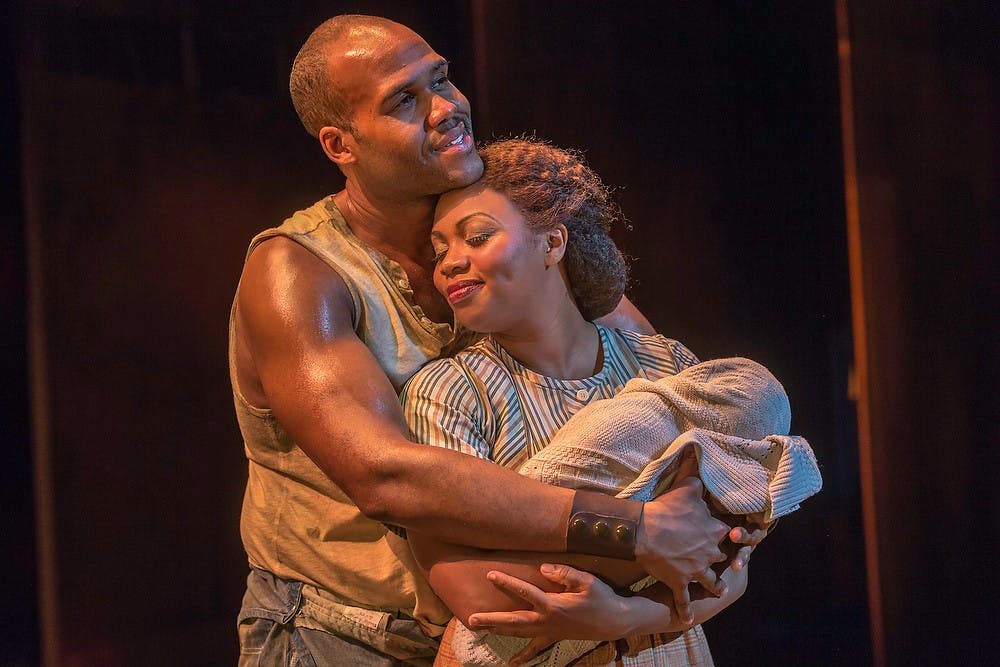Through drunken gambling games, deaths, picnics and hurricanes, the audience was transported into the world of Porgy and Bess.
The focus of the play is on a complicated love triangle between Porgy, a crippled hopeless romantic, Bess, a sleazy New Yorker, and Crown, a murderer and the root of most of the characters’ problems.
Bess, who was in love with Crown before she left New York, found herself without a home in South Carolina.
The kind Porgy took her in and love blossomed between the two. However, the flame of romance was quickly extinguished when Crown came to take back Bess.
Conflict ensued as Porgy tried to keep hold of his love. Even though nothing is ever really solved within the context of the play, the final scenes leave the audience with hope for a happy ending.
Opera singing punctuated nearly every sentence the characters uttered — to the point where it was beginning to be a little too much.
Dancing was just as much a part of show as the opera. The characters danced to jazz and black spiritual songs. The show was accompanied by a live orchestra, which intensified the atmosphere further.
“Porgy and Bess” was a dramatic performance that demanded the audience’s full attention, but that soon became the problem.
Though the choreographed dances were all visually appealing, the intensity of the orchestra and the dancing had the audience gasping for air.
The talent within the performances was not bad. The scenes just felt too repetitive.
The set, on the other hand, was nothing to remember.
The main background was of a small town comprised of mostly brown and earth colors. The set, featuring a few windows and props, had minimal visuals but was still able to portray a realistic small town.
The neutral background evened out the intensity of the play. The actors also wore earth-toned raggedy clothing which helped add to the balance.
Though many of the scenes blended into others, the opening scene of act t wo was memorable.
After a 20-minute intermission, attendees were welcomed to a colorful high energy picnic scene where the characters danced to lively jazz music. Characters changed out of their torn and dirty dark clothing and lit up the stage with their bright and fancy Sunday-best apparel.
Throughout the performance, the actors were very natural. The performance made the audience feel as though they were actually involved. This was made apparent by the standing ovation the audience gave at the end.
When looking at the play as a whole, it was incredible. Despite the repetitive feeling of scenes, the two-hour story and orchestra was captivating and the actors were excellent singers and dancers.
The quality of the play pushes me to give it three stars.







